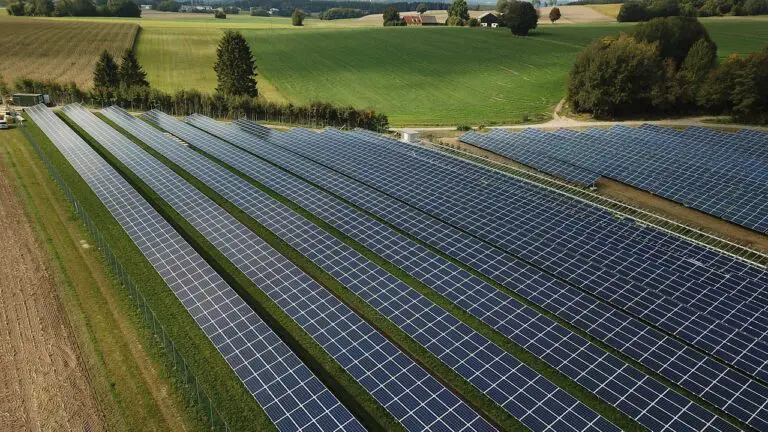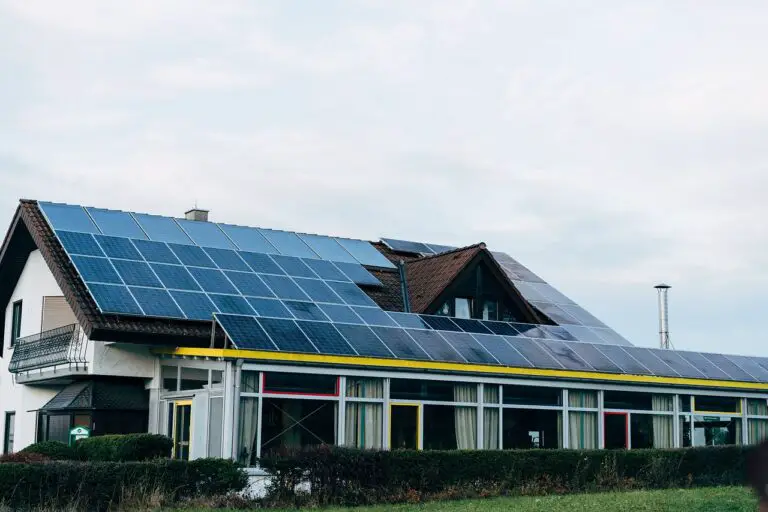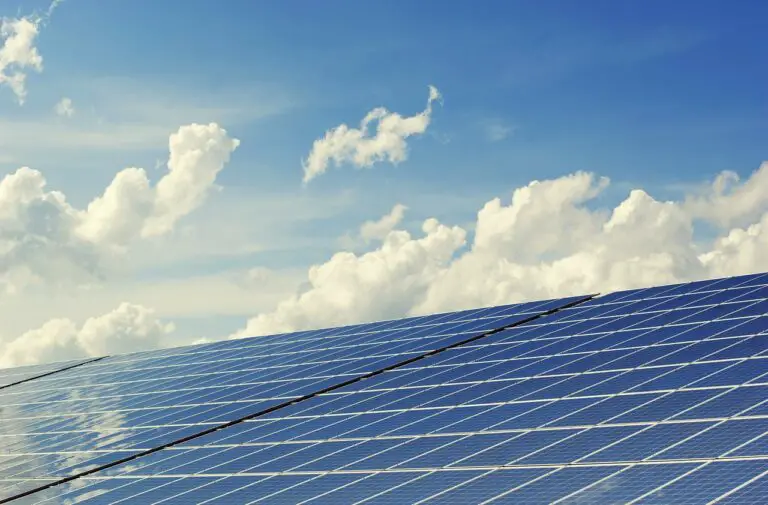How to Plan Your Project to Get the Most Out of Your Loan
Planning a project effectively can make all the difference in maximizing the benefits of loans for solar panels and green home improvement loans. By organizing your project and understanding your options, you ensure that you achieve the most value from your investment. This guide will walk you through key strategies for planning your project, from defining your goals to managing your budget.
Define Your Project Goals Clearly
Identify Your Energy Efficiency Objectives
Before you apply for green home improvement loans, start by defining your energy efficiency goals. Ask yourself what you hope to achieve with the project. Whether you aim to reduce energy bills, increase home value, or contribute to environmental sustainability, having clear objectives will guide your decisions.
For instance, if your primary goal is to lower energy costs, focus on upgrades that offer the highest return on investment. Solar panels often provide substantial long-term savings and could be a priority in this case.
Determine the Scope of Work
Once you have your objectives in mind, determine the scope of the project. This includes identifying which areas of your home need improvement and estimating the costs involved. A detailed scope will help you make informed decisions about the type and amount of financing you need.
Creating a detailed list of all planned improvements will also assist in comparing loans for solar panels and other types of green financing. This ensures you select the loan that best fits your needs.
Explore Financing Options
Compare Loan Types
Different green home improvement loans come with various terms and conditions. It’s crucial to compare these options to find the most suitable one for your project. Loans may vary in interest rates, repayment periods, and eligibility requirements.
For instance, some loans offer lower interest rates for energy-efficient upgrades, while others may have more flexible repayment terms. Explore these options to find a loan that aligns with your financial situation and project needs. Energy.gov offers a helpful comparison of different financing options.
Understand Eligibility Requirements
Each type of loan will have specific eligibility criteria. Understanding these requirements helps you avoid wasting time on applications for loans you do not qualify for. Criteria may include credit score, income level, and the type of improvements you plan to make.
Green home improvement loans often have specific requirements related to the types of projects they cover. Make sure your planned improvements align with these requirements to ensure loan approval.
Plan Your Budget Carefully
Estimate Project Costs
An accurate cost estimate is essential for planning your budget. Include all potential expenses, such as materials, labor, and any additional fees. This will help you determine how much money you need to borrow and ensure you do not underfund your project.
For example, installing solar panels involves costs such as purchase, installation, and maintenance. Create a detailed budget that covers these aspects to avoid unexpected expenses.
Consider Future Costs
In addition to initial costs, consider ongoing expenses such as maintenance and energy costs. Loans for solar panels often include provisions for maintenance, which can help manage long-term expenses.
Create a financial plan that includes these future costs to ensure you are prepared for all financial aspects of your project. This proactive approach helps in managing your budget effectively.
Choose the Right Contractor
Research and Select Reputable Contractors
Choosing the right contractor is crucial for a successful project. Research potential contractors by checking reviews, asking for references, and verifying their credentials. A reputable contractor will ensure that your project is completed to a high standard.
For green home improvement loans, ensure that the contractor is experienced with energy-efficient upgrades. They should be knowledgeable about the specific requirements for these types of projects.
Get Multiple Quotes
To ensure you receive the best value for your money, obtain quotes from multiple contractors. This allows you to compare prices and services to select the best option. Be wary of quotes that are significantly lower than others, as they may indicate subpar quality or hidden costs.
Getting multiple quotes also helps in negotiating terms and ensuring that you stay within budget.
Monitor Progress and Stay on Track
Establish a Project Timeline
Creating a project timeline helps keep your project on track. Include milestones for each phase of the project, from initial planning to final completion. A well-structured timeline ensures that you stay focused and meet your project goals.
Regularly review the timeline to address any delays or issues that arise. This proactive approach helps prevent major setbacks and keeps your project progressing smoothly.
Track Expenses and Adjust as Needed
Keep a detailed record of all expenses throughout the project. Tracking your spending helps you stay within budget and identify any discrepancies early on. If you encounter unexpected costs, adjust your budget and project plan accordingly.
Maintaining a clear overview of your finances ensures that you do not exceed your loan limits and helps in managing the overall project effectively.
Leverage Tax Incentives and Rebates
Research Available Incentives
Many projects eligible for green home improvement loans also qualify for tax incentives and rebates. Research available incentives in your area to maximize your savings. These incentives can significantly reduce the overall cost of your project.
For instance, the DSIRE database provides a comprehensive list of state and federal incentives for renewable energy projects.
Apply for Tax Benefits
Ensure you understand the application process for tax incentives and rebates. Follow all necessary steps and provide the required documentation to secure these benefits. Applying for these incentives can further reduce your project’s financial burden and increase its overall value.
Conclusion
Planning your project effectively is key to maximizing the benefits of loans for solar panels and green home improvement loans. By clearly defining your goals, exploring financing options, planning your budget, choosing the right contractor, and leveraging available incentives, you ensure a successful and cost-effective project.
Take the time to thoroughly research and plan each aspect of your project. This approach will help you achieve the best results and get the most value out of your investments.
For further details on financing options and green home improvement, you may find these sources helpful:
- Energy.gov on Financial Incentives
- DSIRE Database for Incentives
- Federal Tax Credits for Renewable Energy







